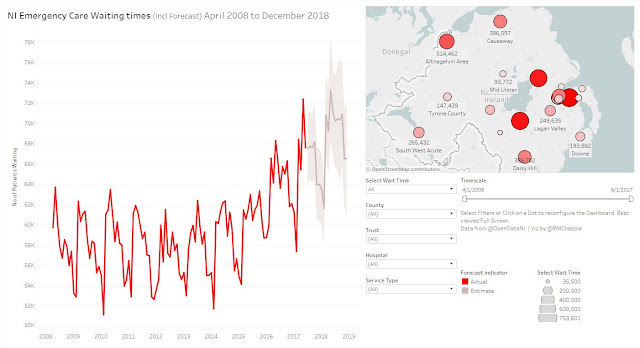Stop Eating Dog Food – Start Drinking Champagne!

Photo by Walter Nissen (Wnissen). (Own work) [Public domain], via Wikimedia Commons I first encountered the term ‘Dogfooding’ or ‘to eat your own dog food’ last year at the 2016 Tableau conference in Austin, TX. I was attending a session on how Tableau use their own product to visualise their HR data. The presenter uttered the line ‘We firmly believe in eating our own dog food’. The meaning was immediately clear to me – if it’s not good enough for internal usage, it’s hard to make the case that others should invest in the product. Literally: if it’s not good enough for me, it’s not good enough for my dog. Great … I get the idea fully & clearly … Unfortunately, I also have a strong smell-memory of dog food that’s triggered every time I hear the term. I’m not joking! As I’m writing this the air is heavy with the imagined scent of tinned dog food … it’s not pleasant! Once the Tableau presentation ended I was free of the term – while it may have some currency in the US...





